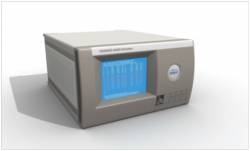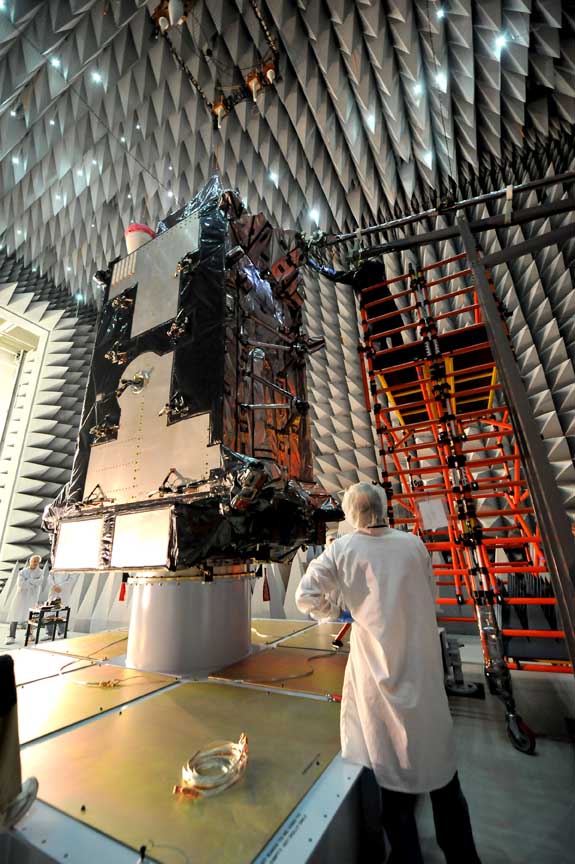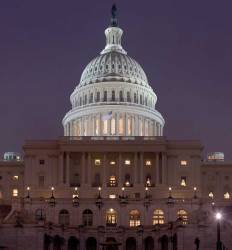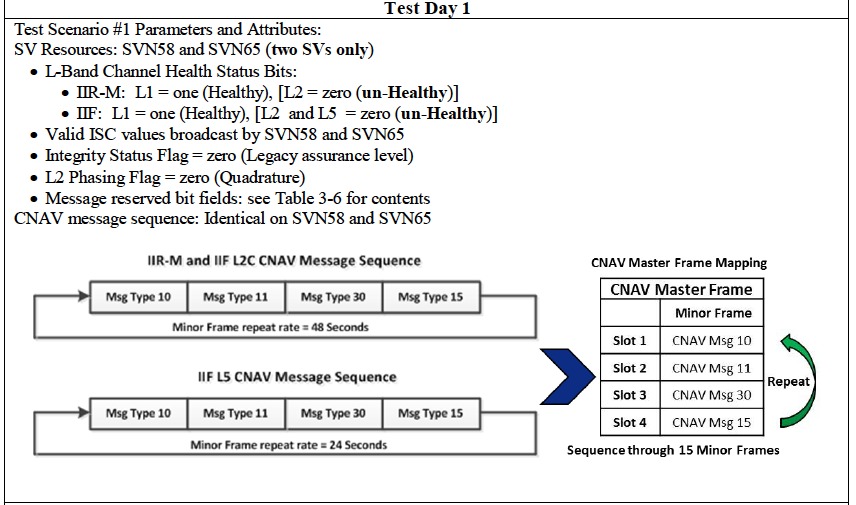GAO Report: More Research Needed to Determine GPS Program Changes
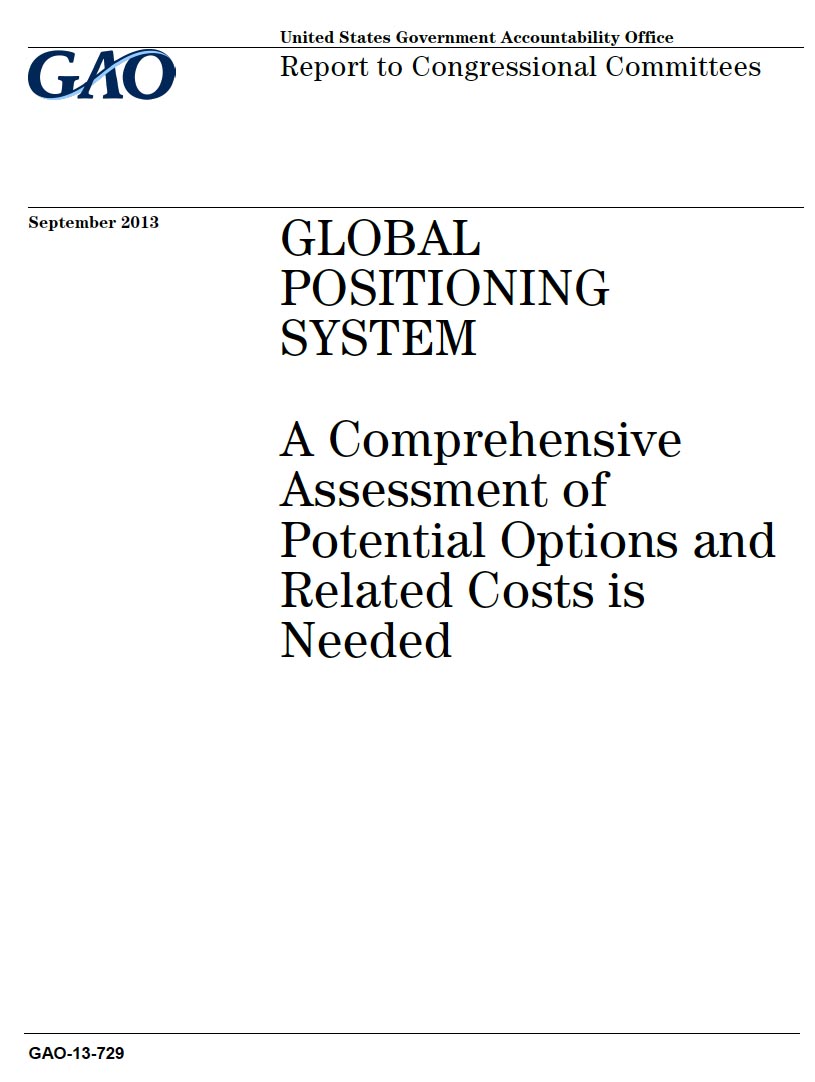
Air Force officials should get more cost and user information and determine how many GPS satellites they will support before making decisions about revamping the navigation system, the Government Accountability Office (GAO) has told Congress.
Although an Air Force report about program options was “a good starting point, more information on key cost drivers and cost estimates, and broader input from stakeholders would help guide future investment decisions,” the GAO wrote in an assessment of the defense agency’s analysis.
By Inside GNSS

